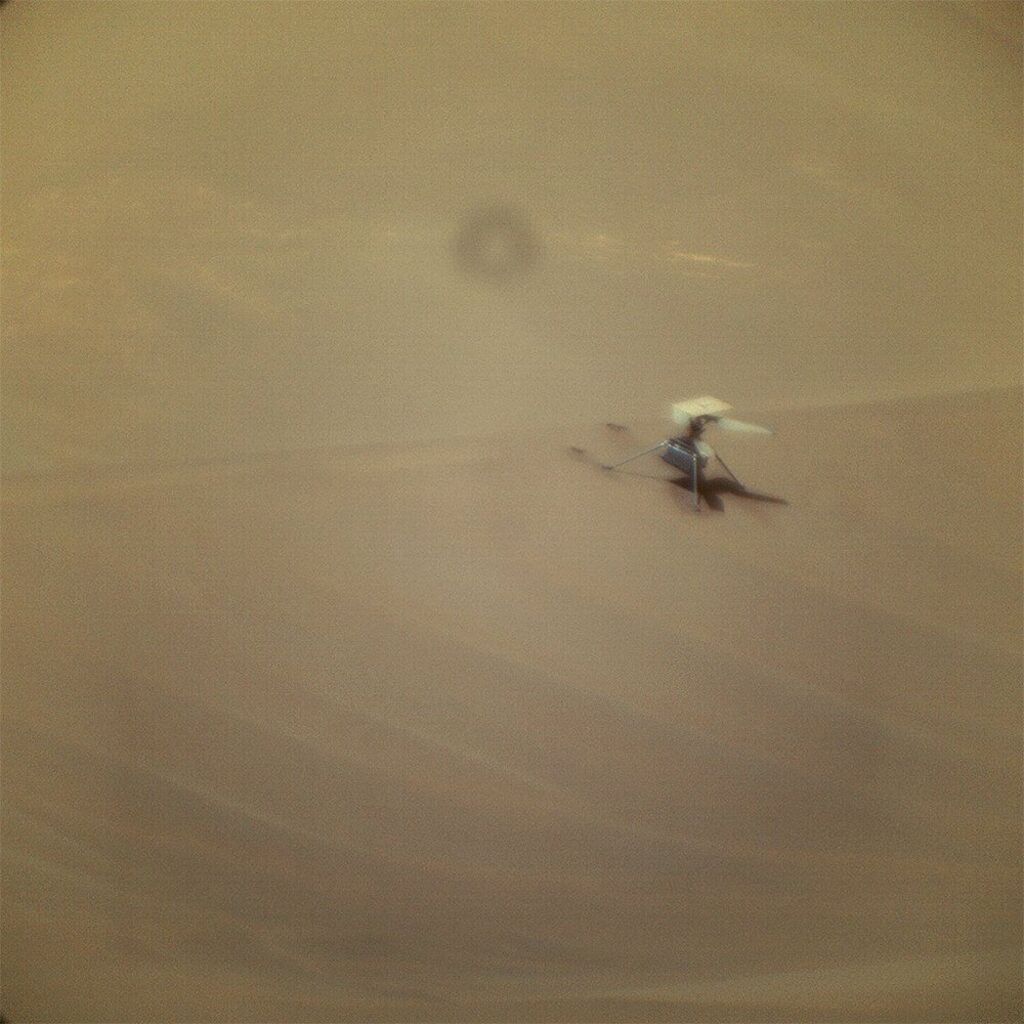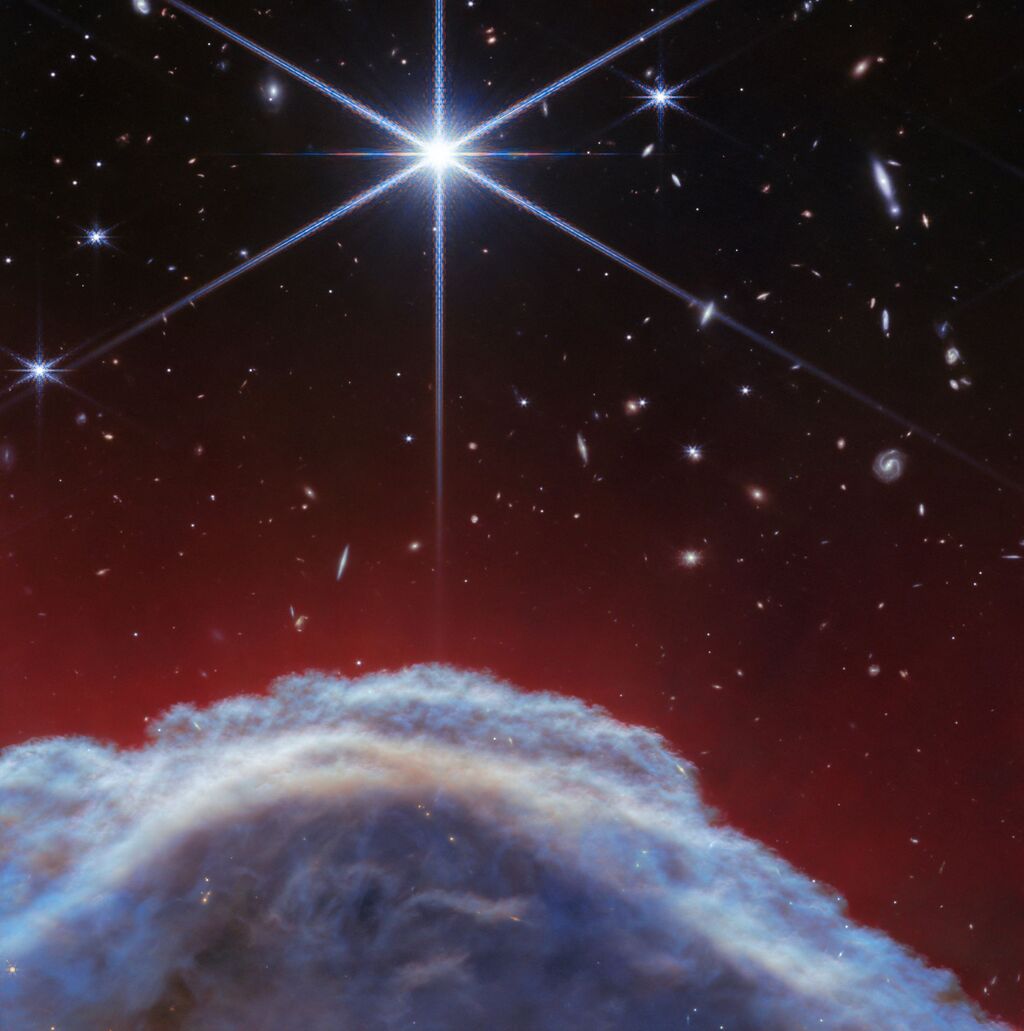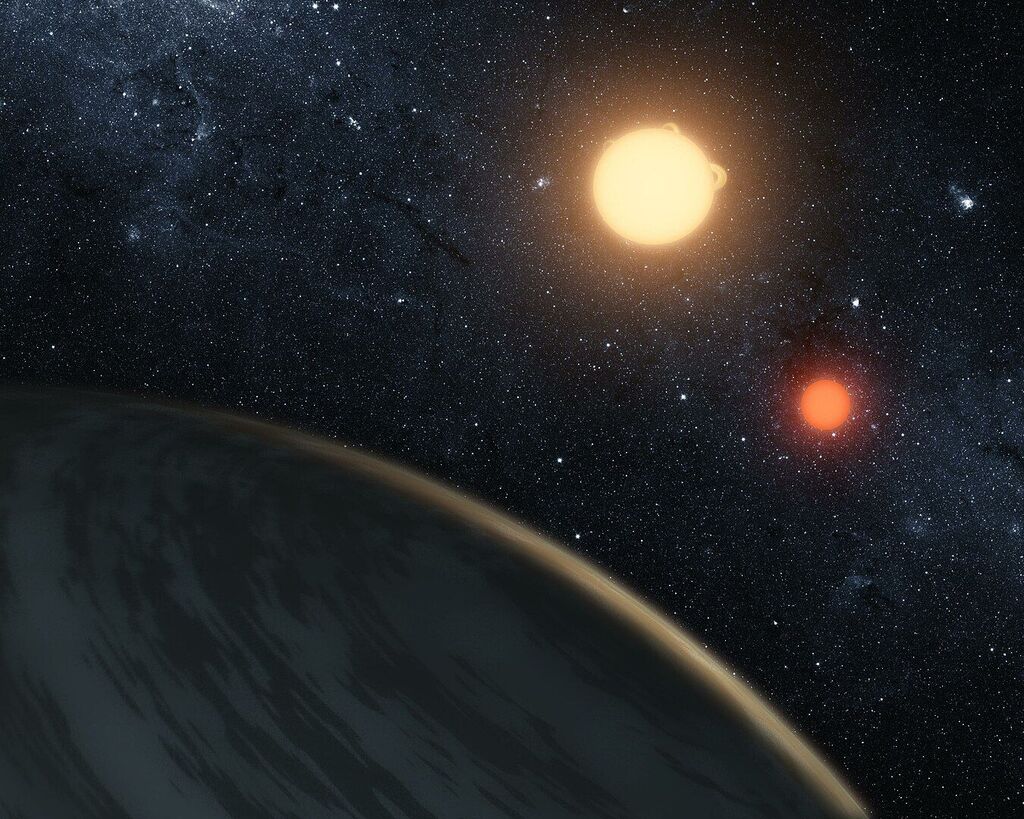
Planetary Picture of the Day
Week of April 29, 2024
This week, we take a look at Ingenuity's final resting place, an impact crater in Chad, and Jupiter's moon Io as seen by Galileo. Plus, a new JWST image and a special bonus piece of art for #starwarsday.
Monday, April 29, 2024

Farewell, Ingenuity
The final resting place of the Mars Ingenuity helicopter, imaged on 25 February 2024 by NASA's Perseverance rover's SuperCam Remote Micro-Imager. The helicopter flew for its 72nd and final time on 18 January 2024.
Tuesday, April 30, 2024

Impact Crater from the ISS
ESA astronaut Alexander Gerst took this photo of a 13-kilometer (8-mile) wide impact crater in Chad from the International Space Station in 2020.
Wednesday, May 01, 2024

Galilean Moon
View of the north polar region of Jupiter's moon Io, in approximate natural color, made from images captured with NASA's Galileo spacecraft on March 28, 1998. The background is filled with Jupiter's clouds.
Thursday, May 02, 2024

The Horse’s Mane
Rising from turbulent waves of dust and gas is the Horsehead Nebula, Barnard 33, which resides roughly 1,300 light-years away, and the NASA/ESA/CSA James Webb Space Telescope has captured the sharpest infrared images to date. Webb’s new view focuses on the illuminated edge of the top of the nebula’s distinctive dust and gas structure.
Saturday, May 04, 2024

Tatooine?
This artist's concept illustrates Kepler-16b, the first planet known to definitively orbit two stars -- what's called a circumbinary planet. The planet, which can be seen in the foreground, was discovered by NASA's Kepler mission. The two orbiting stars regularly eclipse each other, as seen from our point of view on Earth. The planet also eclipses, or transits, each star, and Kepler data from these planetary transits allowed the size, density and mass of the planet to be extremely well determined. The fact that the orbits of the stars and the planet align within a degree of each other indicate that the planet formed within the same circumbinary disk that the stars formed within, rather than being captured later by the two stars. #starwarsday





